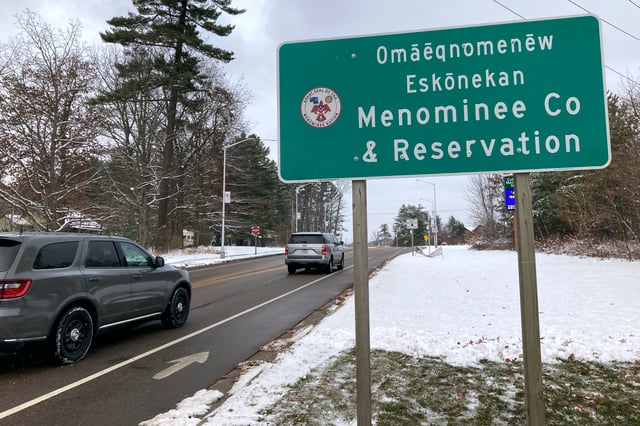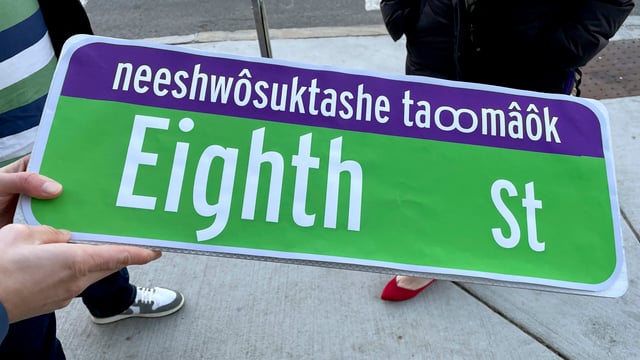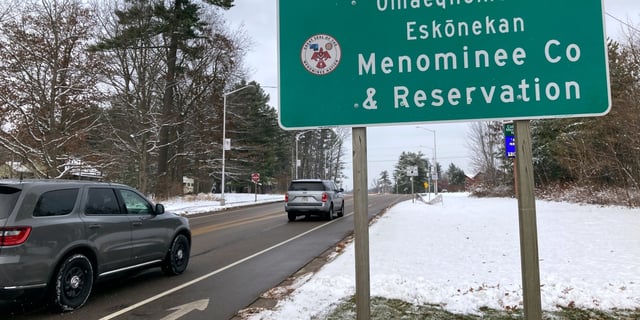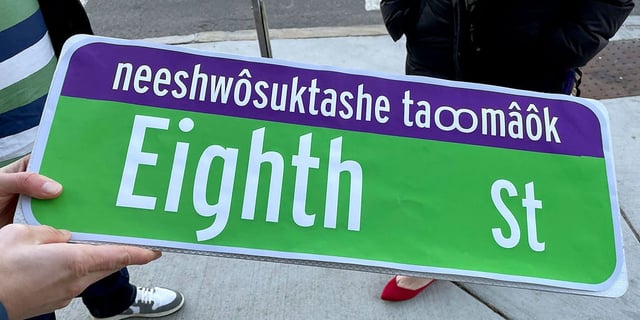Overview
- Several U.S. cities and states are introducing Native American translations to road signs to raise awareness about Native American communities and revive Indigenous languages.
- The initiative, which began with a proposal by Sage Brook Carbone, a citizen of the Northern Narragansett Indian Tribe, has been adopted in at least six states, including Iowa, New York, Minnesota, and Wisconsin.
- The signs not only highlight a tribe’s sovereignty but also open the door for wider debates on land rights, discrimination, and Indigenous representation in the political process.
- In addition to road signs, some states have also included traditional names and artwork along highway overpasses, and dual language signs on university campuses.
- While the initiative has been largely welcomed, there are concerns that it could be seen as a solution to deeper issues facing Indigenous communities, rather than a starting point for addressing these histories.



